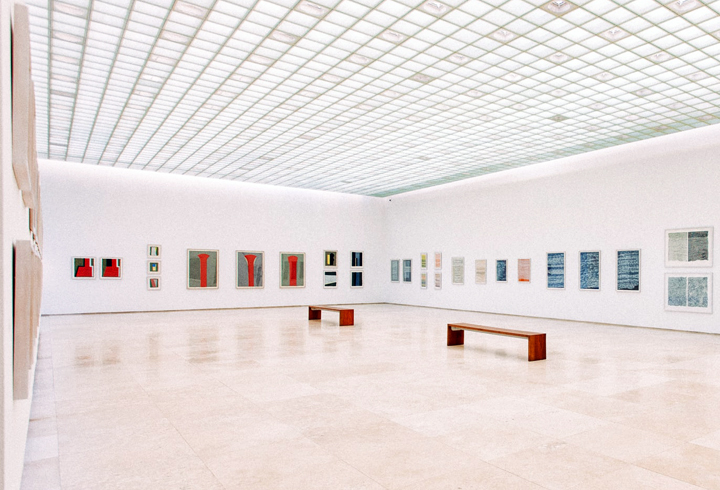Visual arts is perhaps one of the most powerful tools within society. It has kept records of revolutions throughout history and evolved rapidly in modern times.
It conveys deep human emotion, depicts the world around us, and takes on thousands of different forms.
The arts are a fundamental part of society and fill up almost every aspect of our lives. Those who truly appreciate art know that art surrounds us.
Visual arts are mainly represented in forms of sculpting, drawing, painting, crafts, graphic design, and printmaking, among many others.
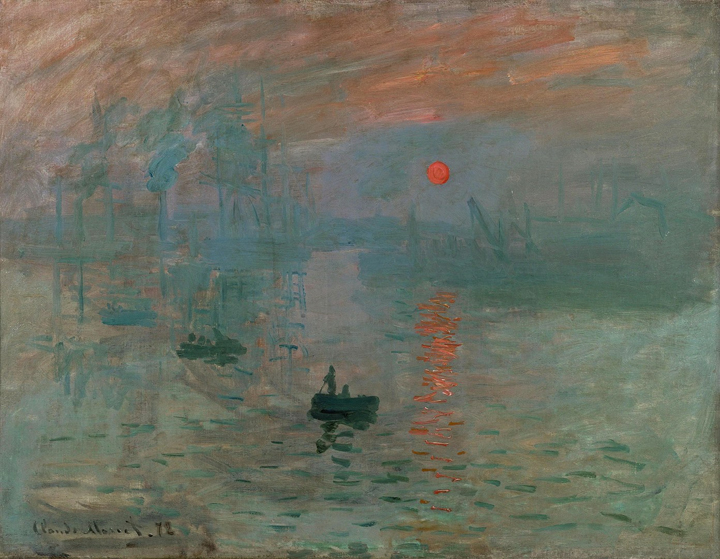
Claude Monet, Impression, Soleil Levant, 1872
Visual arts can further include filmmaking and literature, as well as photography. The arts are a vast topic of conversation, and defining them requires the viewer to take a look into themselves.
The Definition Of Visual Arts
In short and simple – visual arts can be defined as anything that has been created that you can see—for example, paintings, ceramics, photography, filmography. Traditional art and modern art can take on two very different definitions.
In reality, the definition of art differs from person to person. Some hold that modern art can be too obscure. The highly debated piece The Fountain by Marcel Duchamp is regularly the center of the debate about how art is viewed.
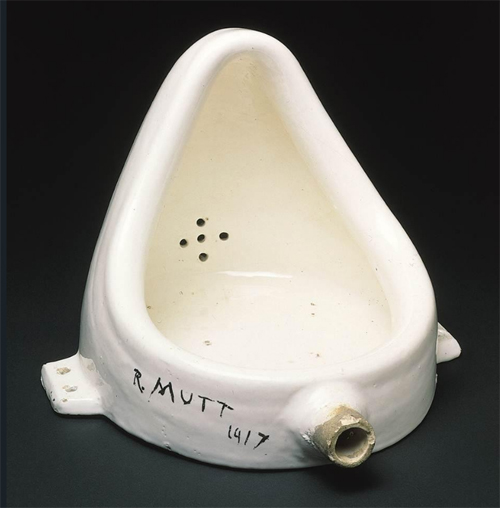
The Fountain, Marcel Duchamp
The Fountain forms part of the “ready-made” art movement where artists take seemingly meaningless objects and turn them into modern art pieces. The Fountain, in particular, is a piece of porcelain urinal.
Traditional arts encompass mediums such as paint, charcoal pencils, oil pastels, and canvas. It has existed throughout history and has been developed over several centuries.
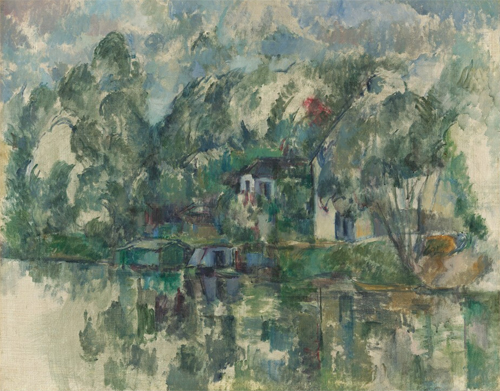
Paul Cézanne At the Water’s Edge, c. 1890 / National Gallery of Art
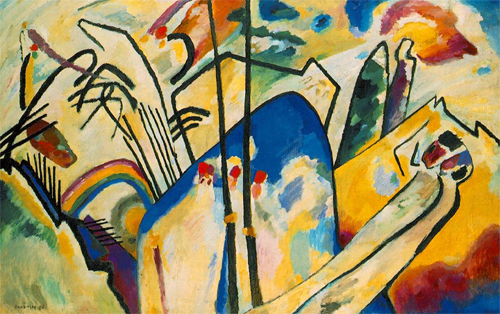
Composition IV Wassily Kandinsky / Wikiart
Modern art uses a variety of mediums that weren’t previously considered art, such as digitally created images and the abstract expressionist movement, such as the pieces created by Jackson Pollock.
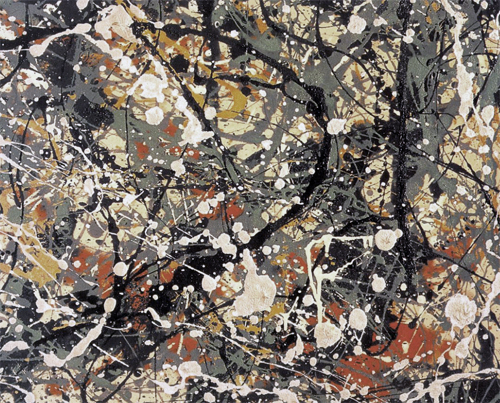
Number 8 Jackson Pollock / Wikiart
Defining visual art cannot be strictly done as many artists branch out and create new forms of art which must be considered. Art is about continually breaking the bounds of creativity.
What Is Representational Art
Representational art is what many can easily recognize as art. It is paintings and sculptures but can encompass other forms of art creation. This form of art is created based on real-life sources.
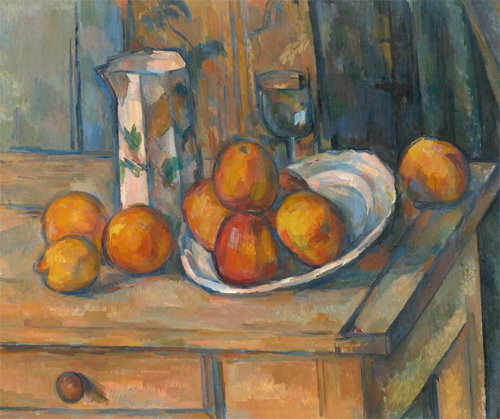
Paul Cézanne Still Life with Milk Jug and Fruit, c. 1900 / National Gallery of Art
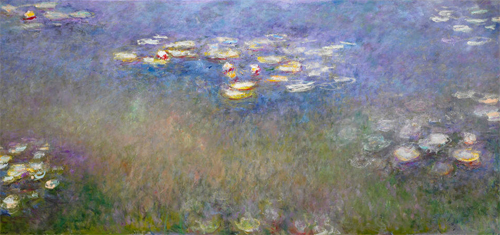
Claude Monet Water Lilies Agapanthus, 1914-1917 / Image : claude-monet.com
It is a more realistic representation of the world around us and can depict animals, people, nature, and objects. For example, Monet’s Water Lilies is a representational artwork depicting water lilies in a pond and can be considered one of the most delicate art pieces.
Different Types Of Visual Arts
Visual art takes on many different forms. Each artist differs in their techniques and use of mediums around them.
Painting, drawing, sculpting, and ceramics are often the first thing a person thinks of when they think of art, but as mentioned, visual arts expands much further. As technology has developed, so has art.
Photography has opened up a realm of artists to creatively capture real life, and technology such as photoshop gives artists the ability to manipulate images to create digital artwork. Graphic design is a continually growing form of visual art.
Painting
Painting is widely considered one of the oldest and most traditional forms of artwork. Cavemen used berries and natural materials to create historical depictions of some of the first-ever created artworks.
Water paints, oil paints, and acrylic paints are some of the most popular mediums that create beautiful artworks.
Drawing
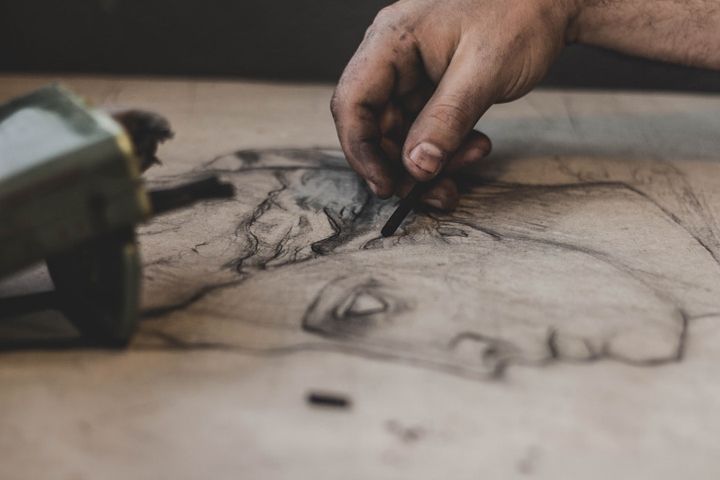
Image / Dusan Kipic
The form of drawing can encompass multiple mediums such as charcoal pencils, colored pencils, fine line pens, ballpoint pens, etc. Artists can draw with almost any medium to create dynamic images.
Sculpting
Previously sculpture could be understood in two manners: the round and the reliefs. Sculpture in the round referred to free-standing sculptures and reliefs as sculptures created solid backgrounds.
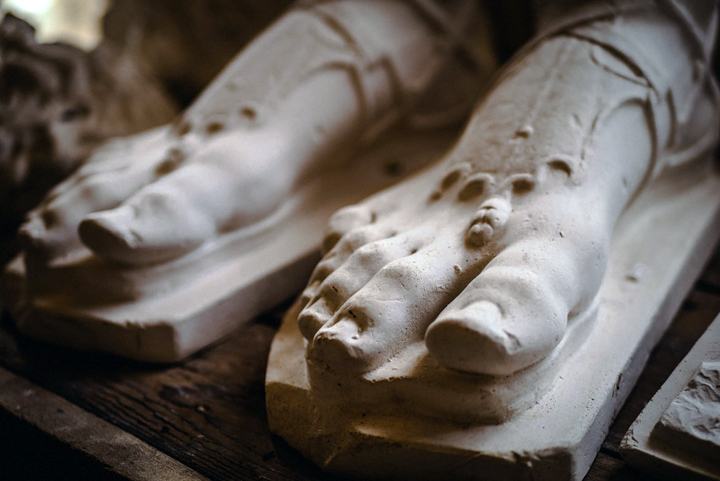
Image / Matt Seymour
In the modern art world, sculpture has further expanded to include light-related sculpture which involved holograms and mobile sculpture. Sculptures are three-dimensional pieces of artwork.
Ceramics
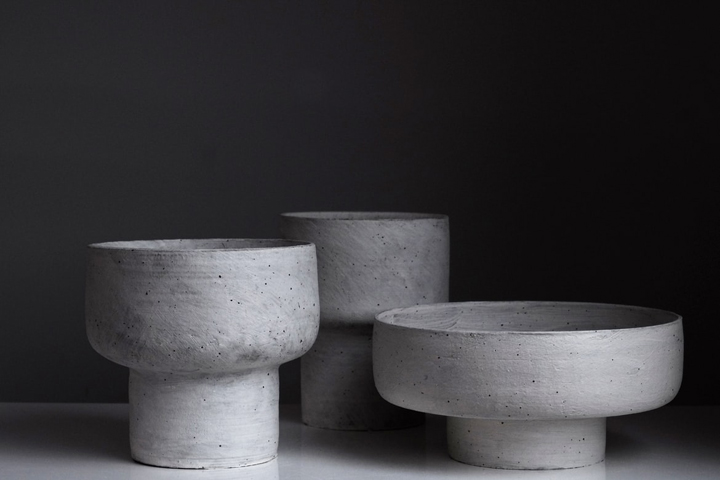
Image / Tom Crew
Ceramics are a form of visual art created out of clay and various mediums such as natural materials and paint to create exceptional pieces of work. Once the ceramic has been shaped, it must be heated and is usually painted or glazed.
Photography
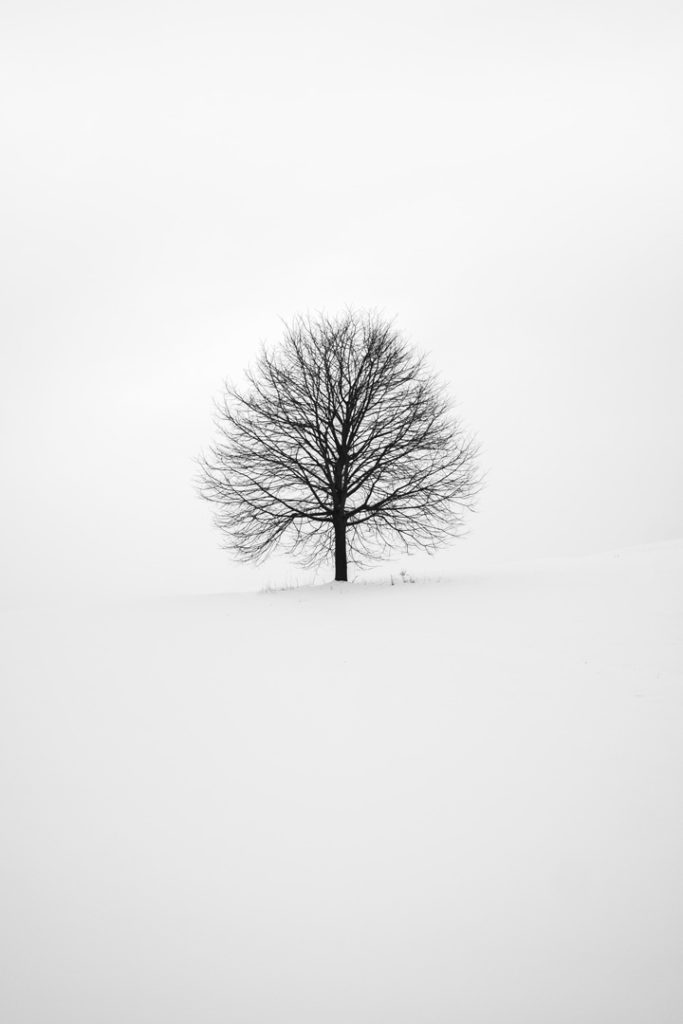
Image / Fabrice Villard
Photography is one of the most modern forms of artwork, and the skill it takes to create exciting and appealing images can be overlooked. This form of art comprises more than simply taking a photo and includes the skill it takes to edit and photoshop a picture.
Illustration
Another modern form of art that has developed as technology has evolved over time is illustration. It involves the digital creation of art work and imagery and takes a tremendous amount of skill to learn.
Crafts
This form of artwork is popular but often not considered artwork; however, it takes creativity to create any piece of craft. Crafts can include knitting, sewing, painting and personal DIY projects.
Filmmaking
Filmmaking comprises recorded video footage edited to create an art piece. It can be written and rehearsed, or the footage can be taken of live or unrehearsed events.
Performance art
Performance artwork varies greatly between artists. It can be presented in public and encompasses an artist or actors they have commissioned to create a live or documented piece of work.
Abstract and modern forms of art include pieces from the Dada period – which was defined by artwork that purposefully went against what was considered the norms within art and displayed intentional irrationality.
Visual art includes filmmaking, illustrations, ready-made artworks, performance pieces, literature. It can be considered art if you can see it, and it took creativity to create.
Many would not consider crafts to be a form of visual art. However, modern visual art can easily include a variety of crafts such as sewing and fashion pieces. Filmmaking is further considered a form of visual arts.
Abstract and modern forms of art include pieces from the Dada period – which was defined by artwork that purposefully went against what was considered the norms within art and displayed intentional irrationality.
Visual art includes filmmaking, illustrations, ready-made artworks, performance pieces, literature, and architecture. It can be considered art if you can see it, and it took creativity to create.
Understanding Visual Arts
Being able to understand and appreciate visual arts is a beautiful gift. Art adds value to life, comments on society, and provides an outlet for stress. It has widely been proven that visual arts can decrease signs of depression and anxiety and benefit health.
Visual art is work that you can see. It is tangibly in front of you. However, each person will understand art differently. The artist often intends people to have a different interpretation of their artwork.
Understanding visual art is dependent on your perception of art and your experience of life. Your experiences play a role in how you view an artwork – for example, a person who comes from a difficult background could view a Dadaist art piece more intensely than someone who holds more value for traditional artwork.
It is easier to understand visual arts if you know how each artist works and the reasoning behind their methods, which can be found with some research.
Understanding visual arts can be increased by understanding the different mediums artists use, various materials that create artworks, and being able to identify the mood, theme, and tone of an artwork.
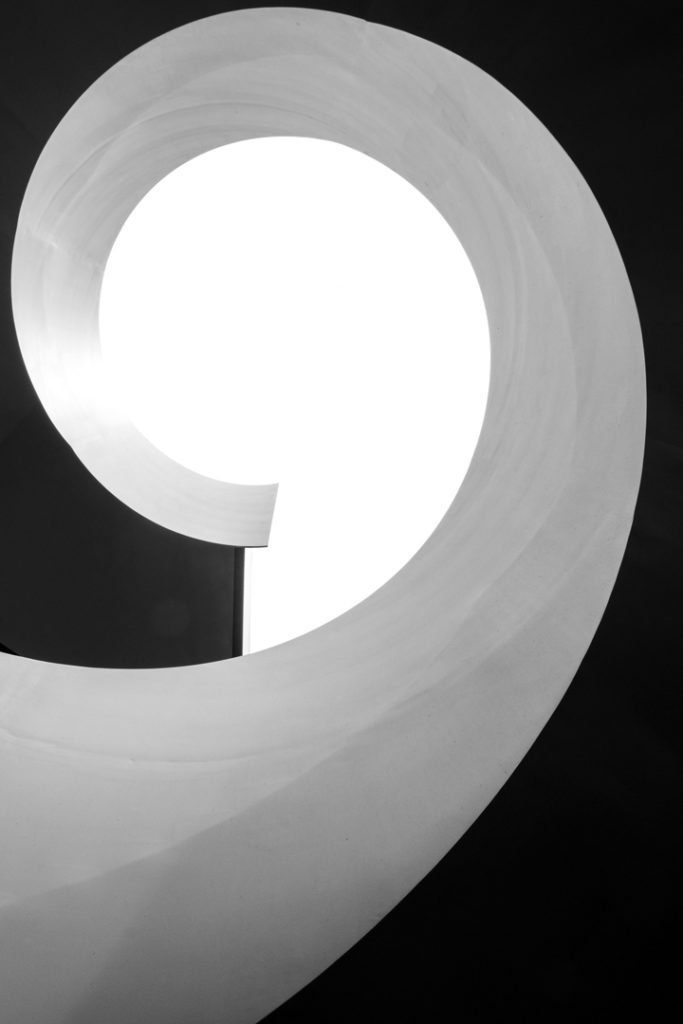
Image / Mitchell Luo
The mood refers to the feelings within the artwork. For example, darker tones could represent a more sober artwork. Harsher lines within an artwork often represent negative feelings – such as anger.
The theme within the artwork refers to the meaning instead of the subject. It can be broader and overall conveys the deeper meanings within the artwork.
Tone refers to the contrast of colors used, the lightness, and darkness within the artwork. An intense tone creates a more visually appealing work.
An artwork’s composition is vital to understanding a piece of work, which refers to how the artwork is laid out and structured. The structure will contribute to how the artwork is perceived and how the viewer understands a piece of work.
The Wrap Up
What art is has been debated throughout history? The definition of art expands from traditional paintings of still life to a ready-made urinal. Ultimately visual arts include a wide variety of different forms.
Art is constantly evolving and changing. Each individual will view art differently. Modern artists will use any material they can to create artworks. Visual art is truly in the eye of the beholder.
Let me know what is your preferred visual art. Share with me in the comments below.

